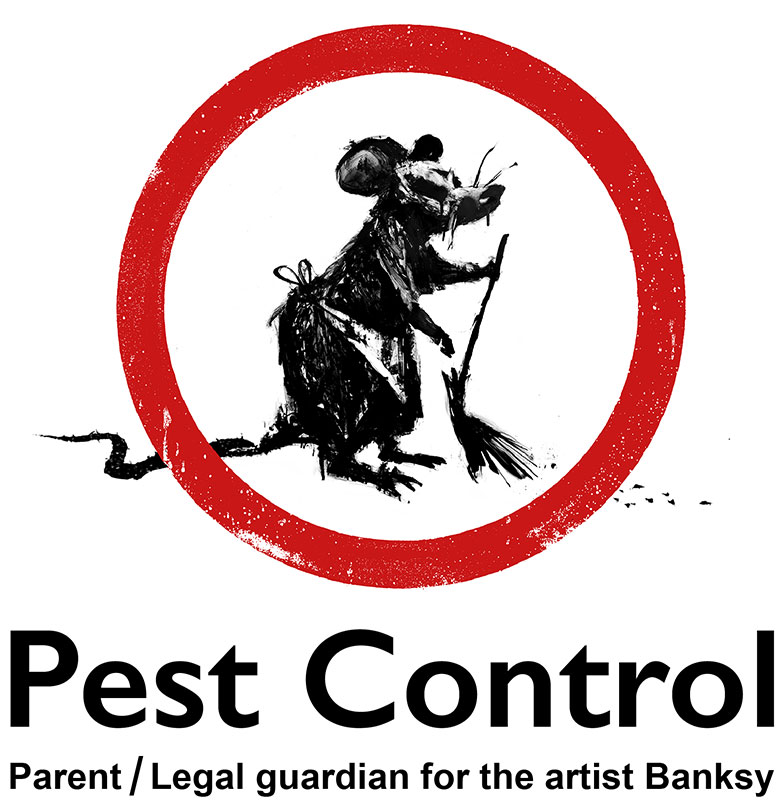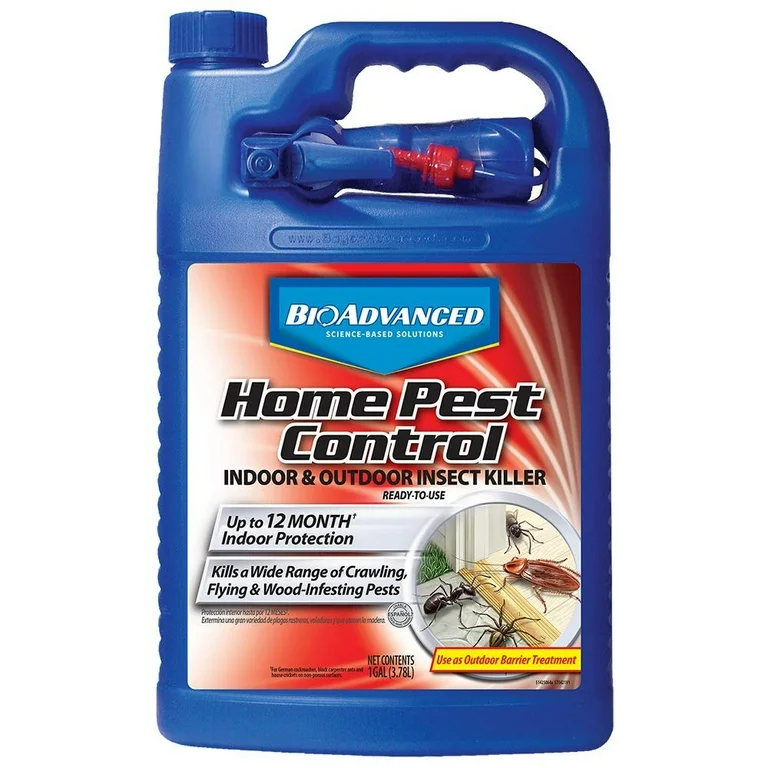Specialist A1 Charlotte Bed Bug Exterminator - Quality Solution Guaranteed
Specialist A1 Charlotte Bed Bug Exterminator - Quality Solution Guaranteed
Blog Article
Bed Insect Therapy Failure: Comparing Chemical Vs. Non-Chemical Solutions
In the world of bug control, especially when taking care of the relentless issue of bed bugs, the option between chemical and non-chemical treatment solutions can be a crucial one. Both techniques use distinct advantages and drawbacks, influencing factors such as performance, safety factors to consider, and total expense. By analyzing the nuanced information of each approach, a clearer understanding of which course to seek in resolving a bed insect infestation can be attained.
Performance of Chemical Treatments
Chemical treatments for bed bug problems have actually been commonly recognized for their powerful and quick effectiveness in eliminating these insects. When taking into consideration the performance of chemical treatments, it is vital to comprehend that they can give a fast and thorough option to a bed bug trouble.
Moreover, chemical therapies have the benefit of offering recurring effects, meaning that they can proceed to remove bed insects even after the initial application. This recurring activity is specifically advantageous in combating any prospective re-infestations. Additionally, the fast activity of chemical treatments can bring alleviation to people encountering serious bed bug invasions, permitting them to restore control of their home quickly.
Safety Worry About Chemical Solutions
One essential facet that needs cautious factor to consider when utilizing chemical remedies for bed pest treatment is guaranteeing the safety of passengers and the atmosphere. While chemical treatments can be effective in eradicating bed bugs, they might posture threats otherwise dealt with effectively. Among the main safety worry about chemical options is the potential damage they can trigger to human wellness. Exposure to particular chemicals used in bed insect therapies can lead to respiratory concerns, skin irritability, or various other adverse responses, specifically in people with pre-existing conditions or level of sensitivities. In addition, incorrect application or dosage of chemical pesticides can result in harmful residues lingering in the cured area, presenting long-lasting wellness risks to residents.
In addition, the environmental influence of chemical services is an additional significant factor to consider. Some chemicals utilized in bed insect treatments may be unsafe to useful insects, wildlife, and environments if they seep right into the soil or water systems. It is important to utilize chemical treatments carefully, following security standards, and thinking about much less hazardous choices to mitigate these risks and make certain the effective and risk-free monitoring of bed pest invasions.
Advantages of Non-Chemical Approaches
Thinking about the potential security concerns and ecological influence linked with chemical remedies for bed insect therapy, exploring non-chemical strategies provides an appealing choice with a number of distinctive advantages. Non-chemical methods supply a much safer choice for households, particularly those with individuals, pet dogs, or youngsters sensitive to rough chemicals. These approaches get rid of the threats of direct exposure to hazardous materials, minimizing the capacity for negative health effects. Additionally, non-chemical therapies are eco-friendly, as they do not add to air or water air pollution, making them a sustainable selection for parasite control.
Additionally, non-chemical solutions can be efficient in targeting bed pests, consisting of hard-to-reach locations where chemical treatments might not pass through. Techniques such as heat therapy, vacuuming, steam cleansing, and a fantastic read cushion encasements supply complete removal without the use of damaging chemicals. Moreover, non-chemical approaches can be much less disruptive, needing marginal prep work and permitting quicker reentry into treated areas. Generally, going with non-chemical bed insect therapy techniques not just prioritizes security and ecological defense yet additionally ensures reliable and thorough pest control.
Limitations of Non-Chemical Treatments

Furthermore, non-chemical therapies frequently call for several applications to accomplish effective eradication. This can be time-consuming and might not always ensure total elimination of all bed insects and their eggs, specifically in hard-to-reach or surprise locations.
In addition, the success of non-chemical therapies heavily depends on proper application and thoroughness, which can be testing for individuals without expert proficiency. Insufficient application of non-chemical techniques might lead to incomplete obliteration, bring about relentless invasions and the requirement for extra treatments.
Consequently, while non-chemical therapies have their benefits, it is important to acknowledge these limitations and consider them when determining one of the most effective method for handling bed pest invasions.
Price Contrast: Chemical Vs. Non-Chemical Options
Provided the constraints associated with non-chemical therapies, a necessary element her latest blog to review in the context of bed pest management is the price comparison between chemical and non-chemical alternatives. In contrast, non-chemical therapies like warm therapy or steam can be more costly, with expenses varying from $1,000 to $6,000 for a whole home. While the preliminary expense of chemical therapies may seem reduced, numerous treatments might be called for to completely eradicate the problem, possibly enhancing the overall expense.
Final Thought

Taking into consideration the possible safety and security worries and environmental influence associated with chemical options for bed pest therapy, checking out non-chemical strategies offers an encouraging alternative with several distinctive benefits.Given the constraints connected with non-chemical treatments, an essential aspect to examine in the context of bed bug monitoring is the expense contrast between chemical and non-chemical check here options. In comparison, non-chemical treatments like warm therapy or vapor can be extra pricey, with expenses varying from $1,000 to $6,000 for a whole home. While the initial price of chemical therapies might appear reduced, multiple treatments might be needed to fully eradicate the infestation, possibly boosting the total price.In final thought, when contrasting chemical and non-chemical bed insect treatment choices, it is essential to think about efficiency, security, advantages, limitations, and cost.
Report this page